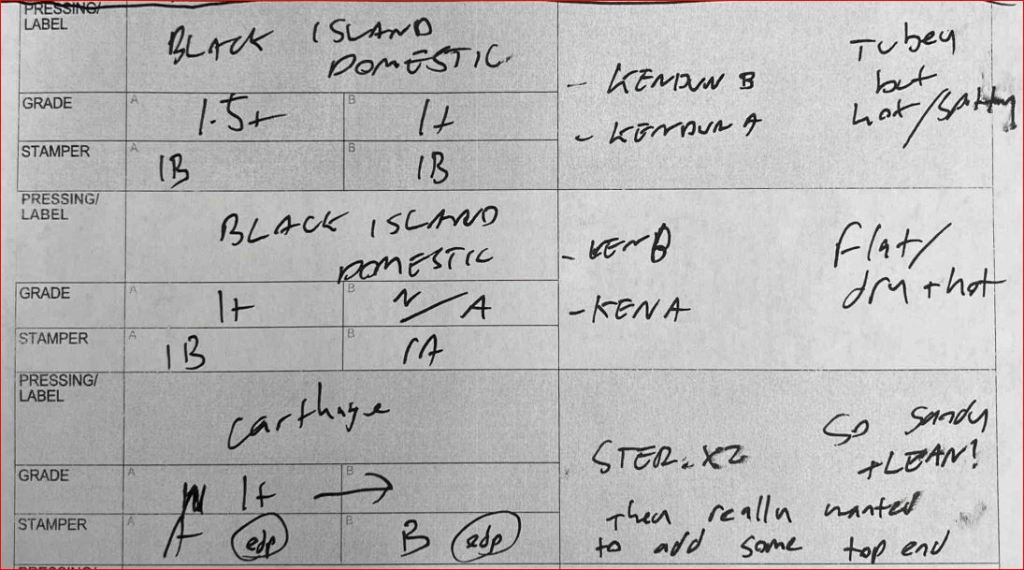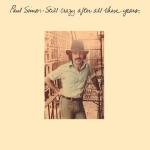 More of the Music of Linda Ronstadt
More of the Music of Linda Ronstadt
Reviews and Commentaries for the Recordings of Linda Ronstadt
Presenting another entry in our extensive Listening in Depth series with advice on precisely what to listen for as you critically evaluate your copy of Heart Like a Wheel.
A key test on either side was to listen to all the multi-tracked guitars and see how easy it was to separate each of them out in the mix. Most of the time they are just one big jangly blur. The best copies let you hear how many guitars there are and what each of them is doing.
Pay special attention to Andrew Gold’s Abbey Road-ish guitars heard throughout the album. He is all over this record, playing piano, guitar, drums and singing in the background.
If anybody deserves credit besides Linda for the success of HLAW, it’s Andrew Gold.
Our In-Depth Track Commentary
Side One
You’re No Good
Right from the git-go, if the opening drum and bass intro on this one doesn’t get your foot tapping, something definitely ain’t right. Check to make sure your stereo is working up to par with a record you know well. If it is, your copy of HLAW belongs on the reject pile along with the other 90% of the copies ever pressed.
It Doesn’t Matter Anymore
Amazing acoustic guitars! Lots of tubey magic for a mid-’70s pop album. And just listen to the breathy quality of Linda’s voice. She’s swimming in echo, but it’s a good kind of echo. Being able to hear so much of it tells you that your pressing is one of the few with tremendous transparency and high resolution.
Faithless Love
Another superb arrangement with excellent sound. The banjo that opens this track is key — the picking should have a very strong plucky quality, with lovely trailing harmonics, even some fret buzz.
So many copies are veiled or blunted sounding; this clearly demonstrates a lack of transient information.
The copies without the trailing harmonics lack resolution.
Once you hear either of these problems on the banjo, you can be sure to find them on the voices and guitars throughout the side.
That the Cisco pressing doesn’t do a very good job reproducing the banjo should be clear for all to hear. If you want the sound of the real thing, only the best Capitol pressings are going to be able to give it to you.
The Dark End of the Street
We love the meaty, dark and distorted guitars at the opening of this one — really sets the tone.
Side Two
When Will I Be Loved?
This presumptive Hit Single has lots of multi-tracked instruments crammed into its mix, a mix which is ready for radio and plenty processed and compressed to suit the Top 40 format. What that means for us audiophiles is not that the sound will be bad, rather that it will have a set of sonic characteristics common to most of the original pressings: a little grit, yes, that is to be expected, but what one hears more often than not is a murky, dark, muddy quality to the midrange.
It’s the rare copy that presents a breathy, present, clear Linda Ronstadt on this track. Which is why it’s a great test track for midrange presence. If this track sounds right you can be pretty sure that everything that follows will too (up to a point, naturally).
Willin’
I Can’t Help It (If I’m Still in Love With You)
This track has the lovely and talented Emmylou Harris on harmony vocal. Between her and Linda cthere is a great deal of midrange and upper midrange energy on this track which will tend to strain on most copies.
Is that strain the result of bad mastering? Bad pressing quality? Bad vinyl? Some combination of all three? No one can say, and what difference does it make anyway? The proof of the pudding is in the eating. The proof of a good sounding side two is right there on track three. If there’s anything unnatural in the midrange, this song will not be a pleasant listening experience for you, dear reader.
Keep Me from Blowing Away
Linda’s voice here is sweet as honey. On the best copies this one should sound transparent and quite natural. Linda excels at this kind of song, but she stopped doing material like this soon after this album came out. That’s about the time I lost interest in her.
You Can Close Your Eyes
This is one of my all time favorite James Taylor songs. Linda does a lovely version of it here; a superb arrangement with sound to match. What a great ending for the album, with her old buddies The Eagles backing her up. It really takes you out on a high note.
Click on this link to the Classic Tracks entry for the album to read about it in real depth.
This record is good for testing a number of very important aspects of the sound of the copies we play in our shootouts. The links below will take you to other records that are good for testing these qualities, or lack thereof, as the case may be.
(more…)
 More of the Music of Steely Dan
More of the Music of Steely Dan








